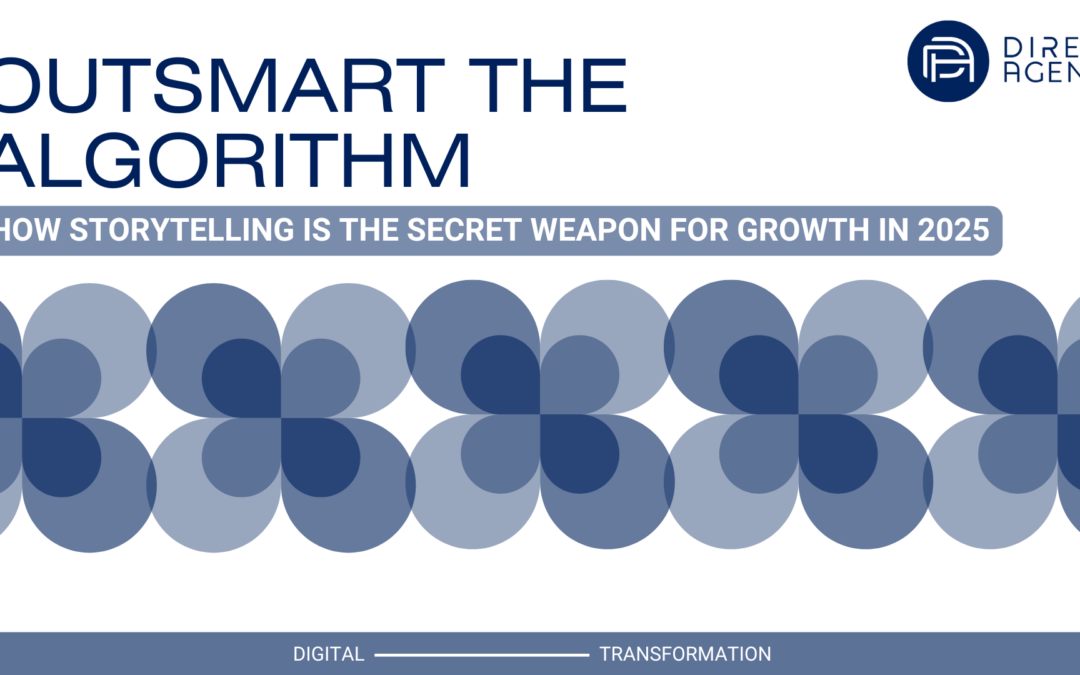In a time where consumer spending is cautious, consumer sentiment has dropped by 12% in March, and attention spans are limited, brands can no longer rely solely on targeting algorithms and price promotions to win new customers. Creativity and cultural relevance are becoming an extremely valuable marketing currency in 2025.
Over the last few years, digital marketing has evolved from data-driven targeting glory to AI-fueled automation. But today’s landscape presents a new challenge: consumers are more aware of ads, price-sensitive, and emotionally fatigued than ever. In this environment, brands that lean solely on performance media and lower-funnel messaging are finding themselves outpaced and unable to scale.
The real differentiator? Storytelling and creativity that resonate.
A perfect example of this is Overtime Elite’s unexpected but brilliant collaboration with the manga world. Rather than chase audiences with more and more ads, the developmental basketball league created a 32-episode manga series on WEBTOON to capture the hearts of Gen Z fans around the globe. OTE’s leadership saw their young athletes reading manga and anime and realized an opportunity to merge culture with commerce. As a result, the creative campaign didn’t just market basketball, but it built an emotional, narrative-driven bridge between the brand and a global audience.
Why does this matter in 2025? Because consumer habits are shifting. According to the U.S. Census Bureau, retail sales growth slowed significantly in late 2024 amid inflation concerns and interest rate hikes. At the same time, traditional media performance metrics have grown increasingly volatile as third-party cookies phase out and platform algorithms favor short-form, story-driven content. While OTE’s playbook is built for a younger audience, we’re seeing the same creative principles drive ROI across sectors like B2B SaaS and CPG, where emotional resonance now beats traditional CTA-led messaging
Brands that win today are those that inspire identification, not interruption. People don’t just want a better product; they want a brand that sees them, that understands their culture, that makes them feel something. This requires marketers to move beyond just media buying spreadsheets and start thinking like creators, not just converters.
OTE’s success shows us that marketing isn’t just about visibility or the best promotion; it’s about relatability. Within just five episodes of their manga release, a quarter of the comments reflected an audience that felt seen and inspired. That emotional connection isn’t a bonus, it’s the new baseline for loyalty.
Here are some actionable next steps for marketing leaders:
- Audit your creative messaging: Does it reflect real culture or just performance goals?
- Collaborate with creators who understand your audience’s world.
- Build campaigns around narratives, not just placements.
- Reframe creative not as a cost center but as your performance multiplier.
For brands, we need to stop treating creative like a checkbox or hoping that showing more and more promotions will get more customers. Instead, we need to start treating creative like the engine that drives our campaigns’ performance forward. In a world of diminishing differentiation, a brand’s story is its strategy. The tactical execution still matters, but what you say, and how you make your audience feel, matter more. It’s time to re-embrace the art behind the science, blending performance with purpose, and think like culture-makers, not just media buyers.
Want to transform your brand’s growth engine from algorithm-chasing to story-driven success? Contact [email protected] to learn how we help brands blend culture, creativity, and performance for lasting impact.
Corey Levine, VP of Integrated Media, Direct Agents

